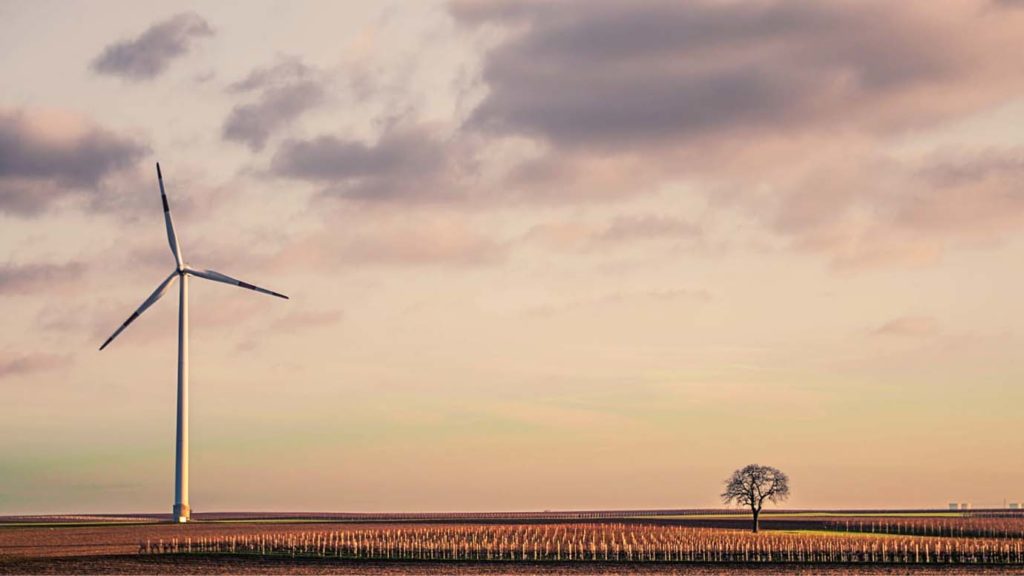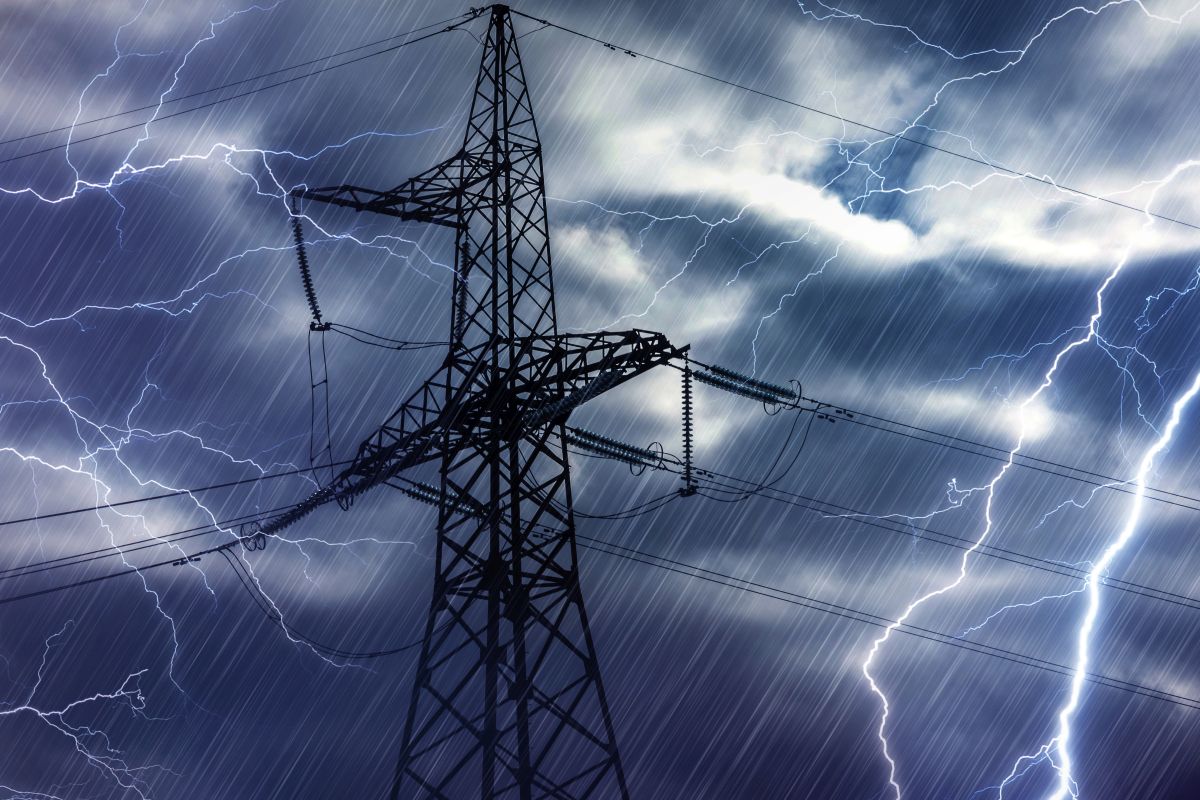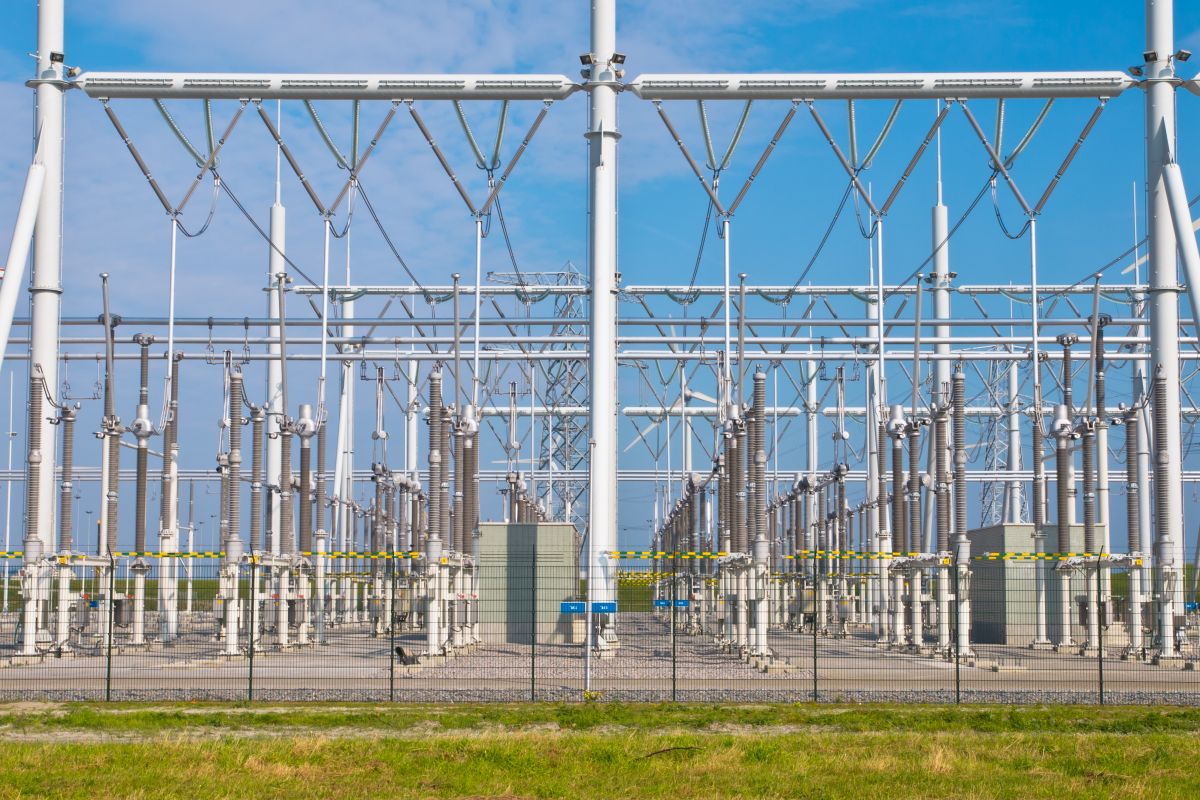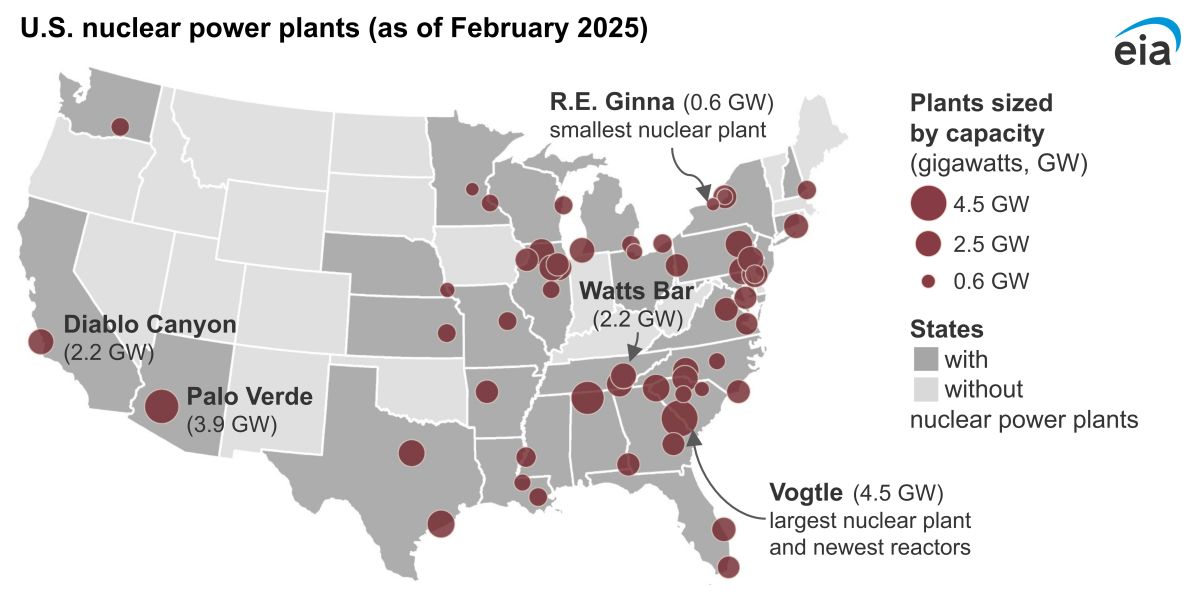We are all aware of the importance of clean energy, but have you ever wondered if renewable energy infrastructure affects the environment and wildlife that maintains the balance of ecosystems on our planet? While increasing renewable energy sources is an integral part of our clean energy future, it is also extremely important to ensure that renewable energy infrastructure preserves and protects wildlife and the environment. Studies have shown that the solar farm’s impact on wildlife varies depending on location and design, with some projects disrupting habitats while others create new ones that benefit certain species. This means that the development of renewable energy resources should be done in a way that ensures the safety of everyone living on our planet, as well as the environment we live in.
So, how can renewable energy deployment harm natural environments? When projects are not planned properly, they can have a negative impact on wildlife. For example, ill-planned and poorly operated wind energy facilities can hurt birds, while a solar farm requires a large piece of land that is home to species that are important to the ecosystem. In most cases, these species are already faced with risks from different types of development.
The U.S. DOE’s Commitment to Protecting Nature and Solar Farm Impact on Wildlife
The U.S. Department of Energy (DOE) is committed to ensuring the protection of natural environments and has announced $14 million for researchers to study the interaction of solar energy infrastructure with wildlife and the environment.
DOE has a renewable power research portfolio of nearly $100 million that aims to minimize wildlife impacts while maximizing the environmental benefits of renewable energy technologies. DOE is committed to supporting wildlife and the environment as we increase renewable energy resources to combat the climate crisis and work to attain the goal of net-zero carbon emissions by 2050. This investment will help researchers study the impacts of utility-scale installations and develop strategies to protect the environment and wildlife.
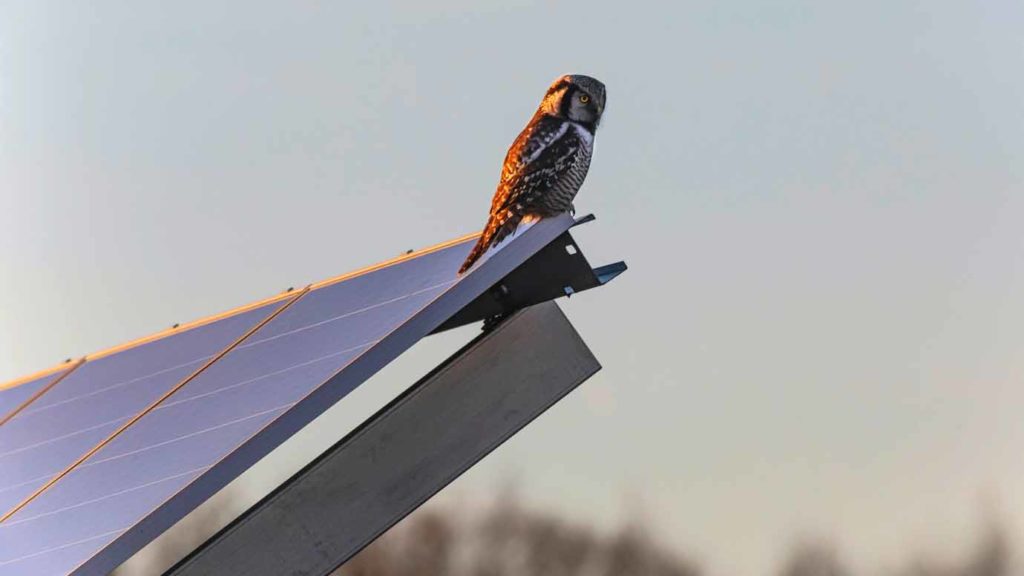
Impact of Solar Farms on Wildlife and Ecosystems
Local communities, wildlife, and ecosystems can benefit from solar energy development; however, not enough information is available about the effects of large-scale facilities on wildlife. Hence, developers are finding it difficult to plan, build, and manage solar facilities based on best practices. Through this investment, DOE plans to increase its understanding of the interaction between solar energy infrastructure and wildlife.
The Deploying Solar with Wildlife and Ecosystem Services Benefits (SolWEB) funding program will help maximize benefits and minimize impacts to wildlife and ecosystems from solar energy infrastructure through the development of innovative strategies and solutions. It will provide researchers the opportunity to study the interactions of pronghorn, pollinators, birds, and other species with solar energy facilities in 26 states.
Conclusion
As the demand for renewable energy grows, it is crucial to balance sustainability with environmental responsibility. Understanding the solar farm’s impact on wildlife is essential for developing strategies that minimize harm and maximize ecological benefits. Through research initiatives like DOE’s SolWEB program, scientists and developers can work together to ensure that clean energy projects support both climate goals and biodiversity conservation.
Disclaimer: Any opinions expressed in the blog do not necessarily reflect the opinions of Certrec. The content of this blog is meant for informational purposes only.


